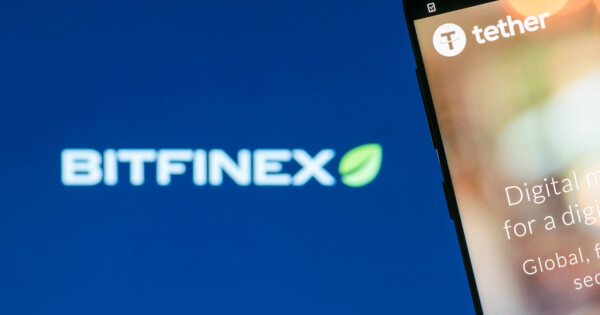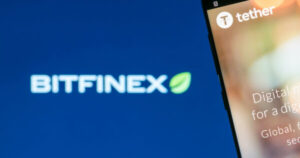The Rise of Solana in Real-World Asset Tokenization: A Game Changer for Institutions
Published by Extreme Investor Network
By Iris Coleman | May 23, 2025, 08:48

In the ever-evolving landscape of blockchain technology, Solana (SOL) is emerging as a robust contender in real-world asset (RWA) tokenization, a domain that has traditionally been dominated by Ethereum. While Ethereum has established itself as a go-to platform for institutions, Solana’s high throughput and remarkably low transaction fees are catching the attention of enterprises looking for scalable solutions. At Extreme Investor Network, we delve deeper into this transformative trend and what it means for the future.
What is Real-World Asset Tokenization?
Tokenization is the digital representation of ownership rights over both tangible and intangible assets, from real estate to intellectual property. This innovative process not only allows for fractional ownership but also enhances liquidity and ensures automated compliance via smart contracts. Solana’s unique architecture is impeccably designed to facilitate real-time interactions between various assets, making it particularly appealing to projects like Homebase, which focuses on real estate, and Credix, dedicated to private credit solutions.
The Competitive Landscape: Solana vs. Ethereum vs. Liquid Network
While Ethereum has long stood as the premier choice for tokenizing RWAs, it faces challenges with transaction costs and scalability. Solana’s technology addresses these pain points, providing a performance-driven alternative that is now becoming the focus of many institutions.
In contrast, the Liquid Network—an innovative Bitcoin sidechain—takes a different approach. Although its emphasis on security and minimalism may appeal to conservative investors, its lack of flexibility can deter some projects. Features like Partially Signed Elements Transactions (PSET) position Liquid Network as an attractive option for those who prioritize reliability and confidentiality over agile smart contract capabilities.
Why Institutions are Eyeing Solana
Institutions are increasingly turning to Solana due to its remarkable ability to handle high-frequency transactions and real-time settlements, crucial for sectors like real estate and private credit. While Ethereum maintains its relevance through established legal frameworks and regulatory familiarity, Solana’s innovative architecture presents a promising pathway for those seeking faster and cheaper solutions.
Furthermore, the Liquid Network continues to attract institutional interests for its Bitcoin-native infrastructure, which emphasizes privacy and transactional confidentiality.
The Future of Asset Tokenization: A Multi-Chain Paradigm
As the blockchain ecosystem matures and regulatory clarity improves, the competition among platforms like Solana, Ethereum, and the Liquid Network is poised to ignite further innovation. The rise of Solana signifies not just a technological advantage; it signals a possible paradigm shift in how financial markets may employ public infrastructures for real-world applications.
At Extreme Investor Network, we believe that a multi-chain future for asset tokenization is on the horizon. Each platform comes equipped with unique strengths, catering to diverse institutional needs.
In conclusion, whether you’re an investor, a developer, or simply a blockchain enthusiast, keeping an eye on Solana and its impact on real-world asset tokenization is crucial. This evolving narrative is just beginning, and staying informed will empower you to navigate the changing landscape of cryptocurrency effectively.
Stay tuned with Extreme Investor Network for the latest insights and updates on the cryptocurrency market.

